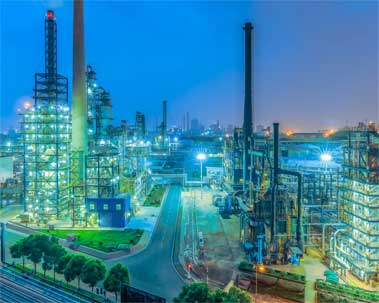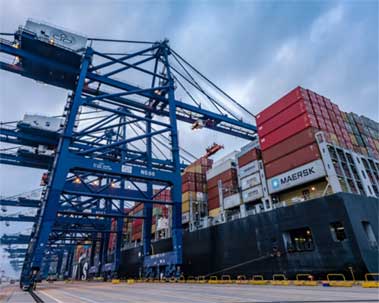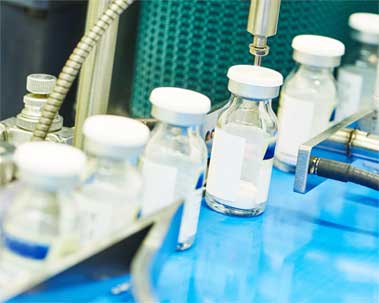The resurfacing welding is to use the welding method to melt the metal on the tool or machine parts. The commonly used surfacing technology is cold resurfacing welding, electroslag resurfacing welding and plasma arc resurfacing welding.
1. Cold Resurfacing Welding
The cold resurfacing welding technology of of Rotary Valve mechanical seals is based on the principle of high frequency electric spark discharge, to repair the surface defects and wear of the workpiece. It can ensure the integrity of the workpiece and increase the wear resistance, heat resistance and corrosion resistance of the workpiece. It has the characteristics of non-deformation of workpiece, no heat treatment property and high welding strength after hard-facing. It is often used for surface repair and mechanical surface hardening of precision castings. For example, aircraft engine parts, turbine, turbine shaft repair or repair, rocket nozzle surface reinforcement repair, aircraft outer plate parts repair, artificial satellite shell reinforcement or repair, local cementite strengthening of titanium alloy parts, local carburizing of iron base superalloy parts and the surface infiltration of magnesium alloy A1 and other anti-corrosion coatings. The partial defects of magnesium alloy are repaired by overlaying welding, and the partial welding of nickel base or cobalt base superalloy blades.
2. Electroslag Resurfacing Welding
Electroslag surfacing is to use the resistance of conductive slag to melt the surfacing material and the base metal, and connect the surfacing material to the base metal. Compared with the electrode buried arc resurfacing welding, electroslag resurfacing welding has the following advantages: firstly, high deposition efficiency, it is 50% higher than buried arc resurfacing welding under medium current, shallow and uniform melting. Low dilution rate of the parent material, general it is controlled at less than 10%, and is twice smaller than buried arc welding, single layer surfacing can meet the performance requirements.
The surface quality is excellent, and the surface unevenness is less than 0.5mm (when the submerged arc surfacing is more than 1mm), so the surface is not machined and saves time. The alloy element burning and the unfavorable element increment are few, the plasticity and bremsstrahlung of the surfacing layer are higher than that of the submerged arc welding. Because of the joint fusion zone The carbon diffusion layer is narrow and the width of the martensite belt is small, so the fusion zone of the joint is better than the submerged arc surfacing. This method has been widely used in the domestic and foreign hydrogenation control reactor, gas engineering hot wall exchange furnace, and pressure vessel in nuclear power in large area resurfacing welding of internal surface. Because of the characteristics of electroslag slag surfacing, the heat input of electroslag surfacing is relatively high, so it is generally used for overlaying 50 to 200mm thick wall workpiece.
 English
English français
français Deutsch
Deutsch Español
Español italiano
italiano русский
русский português
português العربية
العربية ไทย
ไทย čeština
čeština Polska
Polska


